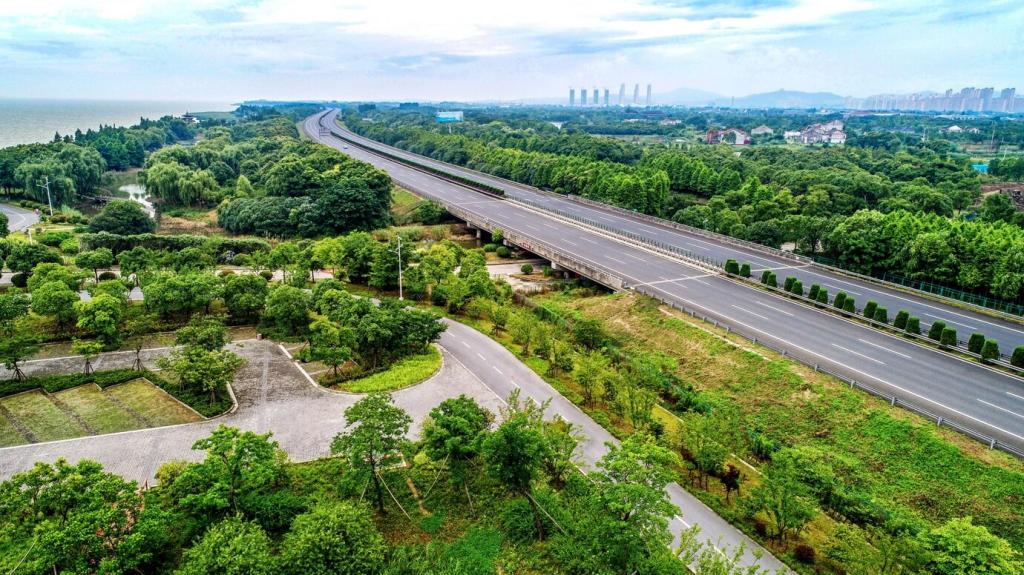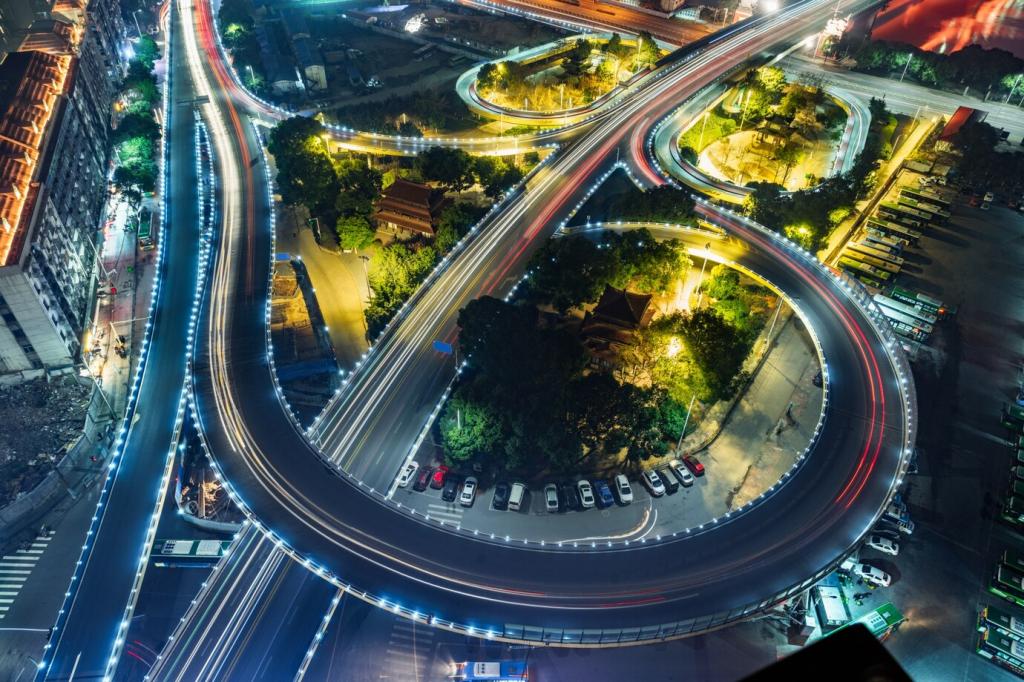Why Energy-Efficient Urban Lighting Matters
Modern systems replace brute-force brightness with targeted, intelligent illumination. Instead of over-lighting every corner, LEDs, lenses, and controls deliver the right light at the right time, cutting waste while improving clarity, comfort, and the nighttime experience for people who walk, cycle, and ride.
Why Energy-Efficient Urban Lighting Matters
Street lighting can account for a large share of municipal electricity costs, and LEDs typically reduce energy use by 50 percent or more. Add adaptive dimming and motion sensors, and many cities see a further 20 to 30 percent drop, freeing funds for parks, libraries, and essential community programs.
Why Energy-Efficient Urban Lighting Matters
On a quiet avenue, residents noticed fewer harsh shadows after a smart upgrade. One neighbor said evening walks felt safer without glare. Motion-boosted brightness appeared when needed, then dimmed gently, saving energy without sacrificing comfort. Share your block’s story and help us spotlight what works best.




